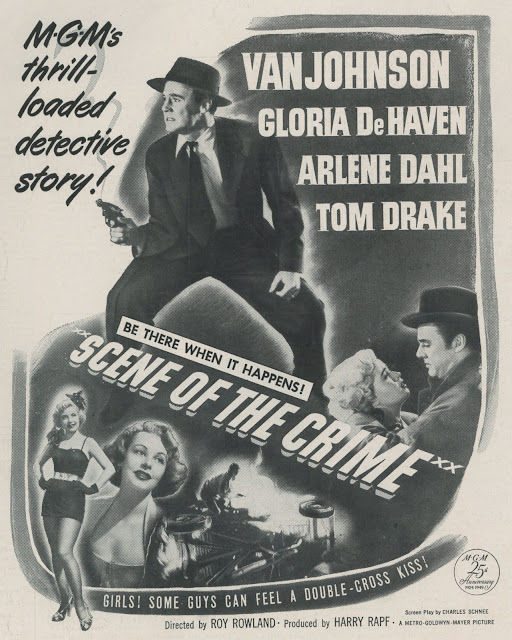Favorites List --- Warren William and Employees' Entrance
 |
| Exhibit A For Print Ads Salacious As Precodes They Sold |
 |
| Recreate Kurt Anderson's Office From This Set Still --- Then Go Be Him! |
I've seen Employees' Entrance enough times to know where best parts are. A hair trigger remote zipped me past "nice" characters Loretta Young and Wallace Ford to get back with precode oracle Warren William, whose best (dirty) work this has to be. It's challenging to speed-forward footage and stop on the dime of his face. Not an ideal way to watch movies, but once committed to memory, precode faves often repeat–play best shorn of virtue's valiant effort to overcome wickedness. I always exit Employees' Entrance right after WW drops the dog in his wastebasket --- who needs to know (or care) that less engaging Young and Ford got back together?
 |
| The Chiseled Cad --- They'd All Exit The Stage Eventually |
 |
| Two From Kurt Anderson's Harem: Loretta Young and Alice White |
 |
| The Breakthrough --- WW Featured in WB's 1932 Product Annual |
 |
| Mock-Up a New York Skyline with a Penthouse View --- and Your Next Warren William Is Ready To Roll |
It's known enough by now that William was best essaying business scoundrels and short-sellers, but who are ones (if any) that paced later his feral tracks? I enjoyed for a while Michael Douglas all Warren-ish at Me-decade scalawagging, and there was Alec Baldwin and James Woods (when cast right) to remind us of precode similars having once trod the earth. Trouble was these having to die or get jail time for perfidy from which Warren William often emerged scot-free. That unwritten Code again. Class-warring as practiced now was mirrored in William's prime. Inherited wealth is a badge of dishonor so far as Employees' Entrance portrays it. To have descended from James Monroe and Benjamin Franklin, plus unearned prosperity, amounts to three strikes and you're out. Self-made Kurt Anderson alone deserves his haul. Whatever ruthless else he does, Kurt won't live off the fat of estates, and that made him fundamentally OK to patrons also denied silver spoons.
 |
| Denton Ross' Office: Trophies, Golf Clubs, and Ancestor Portrait Reflect His Getting Rich The Easy Way --- Sure Cues For Patron Laughter and/or Disdain. |
 |
 |
| The Stable Home and Wife Didn't Have To Be Faked --- Offscreen WW Was a Straight Arrow |
 |
| Dog Lover William Often Posed With Pets |
 |
| Code Enforcement Made William a Safe Date for Linda Darnell in 1939's Day-Time Wife |
 |
| Contemplative at Home --- Was He Inventing Something at That Desk? |












































